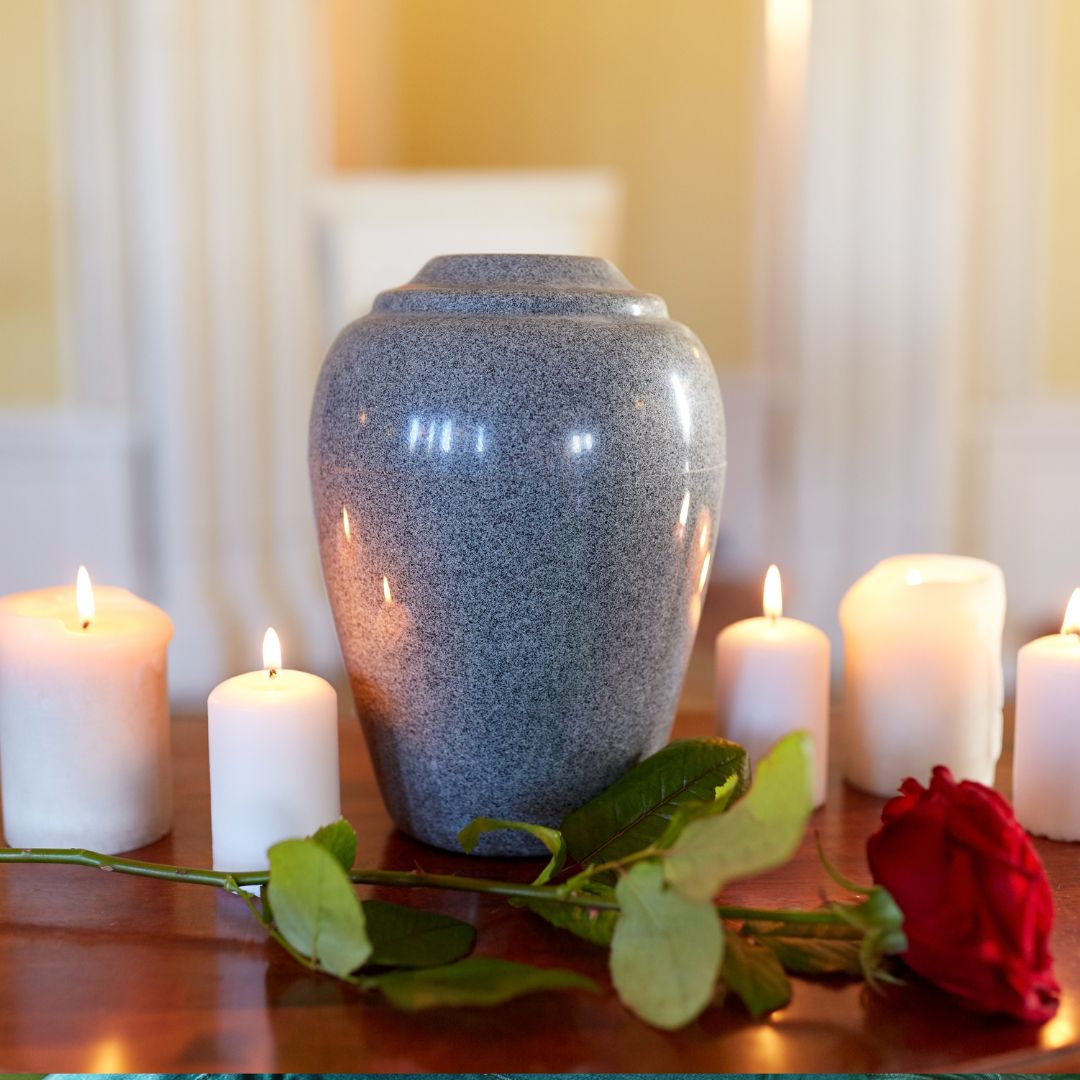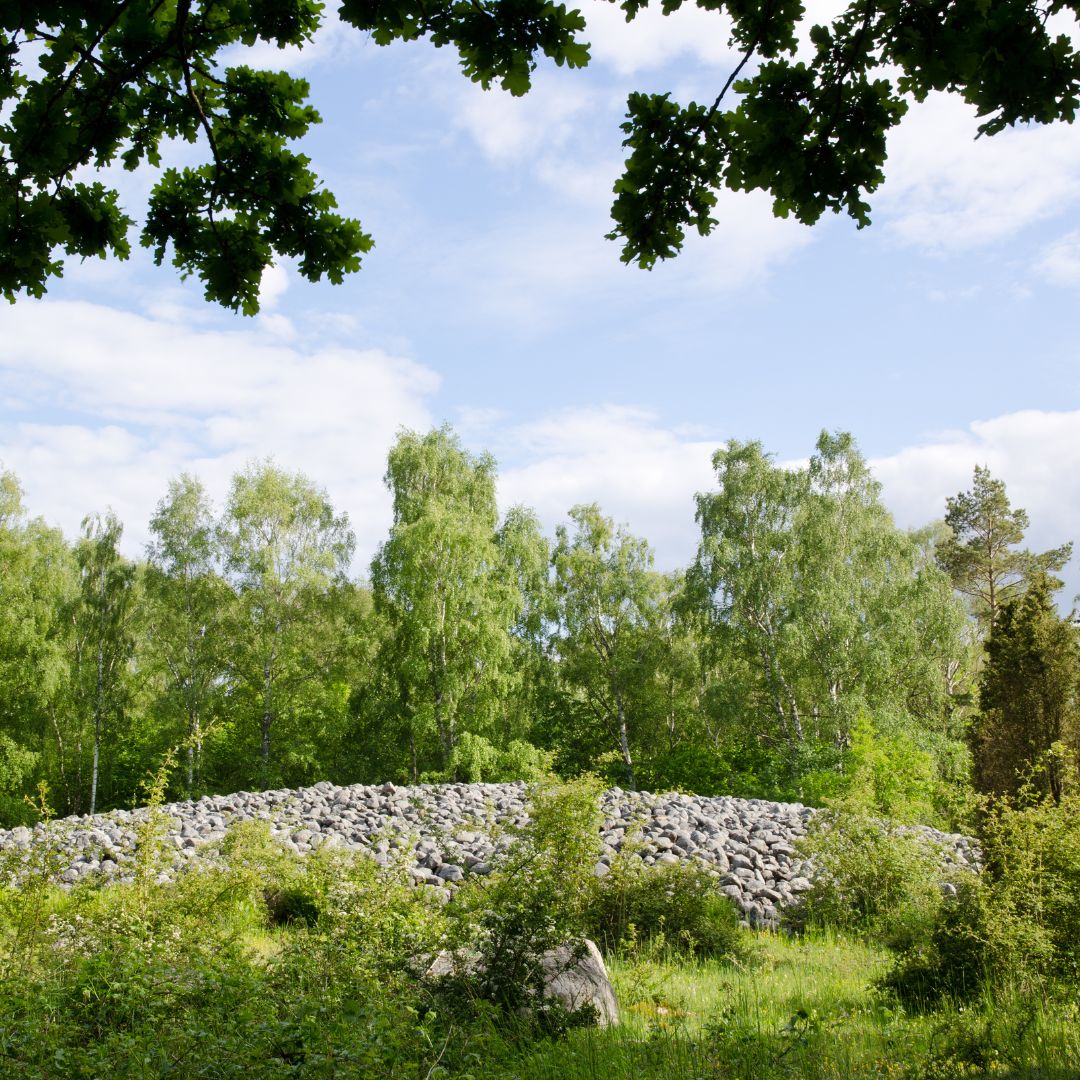The history and cultural significance of cremation span thousands of years and various cultures, offering a rich tapestry of practices and beliefs around this end-of-life option. From ancient rituals to modern practices, cremation has evolved while maintaining its significance across different societies.
Ancient Origins and Global Practices Cremation’s earliest known instances date back to at least 17,000 years ago, with archaeological evidence such as the Mungo Lady in Australia showcasing the practice’s ancient roots. The practice was widely variable across different cultures; for example, the Greeks adopted cremation around 1000 BCE, largely for its perceived cleansing properties, facilitating the soul’s journey to the afterlife. Similarly, the Romans utilized cremation, focusing on practicality and hygiene, particularly for soldiers who died away from home, allowing for easier transport of remains back to their homeland.
Cremation in Hinduism and Buddhism Notably, Hinduism and Buddhism not only permit but prescribe cremation, viewing it as essential for freeing the soul from the physical body. This practice is attested in the Cemetery H culture of the Indus Valley Civilization, showcasing cremation’s longstanding significance within these religious contexts.
The Shift in Christian Europe The introduction of Christianity significantly altered cremation practices in Europe, where burial became the norm due to the faith’s emphasis on bodily resurrection. However, by the 19th century, a movement to reintroduce cremation emerged, advocating for its practical benefits and aligning with shifting societal values towards rationalism and secularism.
Modern Cremation The modern cremation movement began in earnest in the 1870s, with the establishment of the first contemporary crematorium in Milan, Italy, in 1876. This marked a significant shift towards cremation’s acceptance, driven by practical considerations such as land use and hygiene, as well as changing religious and philosophical attitudes. Over time, technological advancements and changes in legislation further facilitated cremation’s rise as a viable and widely accepted option for body disposition.
Cultural Significance Throughout its history, cremation has been more than a method of body disposal; it has carried profound cultural and religious meanings. Whether as a rite of purification, a practical necessity, or a philosophical choice, cremation practices reflect the values, beliefs, and necessities of the societies that adopt them. Today, cremation continues to be chosen for various reasons, including its environmental considerations, simplicity, and flexibility in memorial practices.
The evolution of cremation from ancient rites to contemporary practices underscores its enduring significance across cultures and epochs. As societies continue to evolve, so too will the rituals and meanings surrounding this ancient practice.











